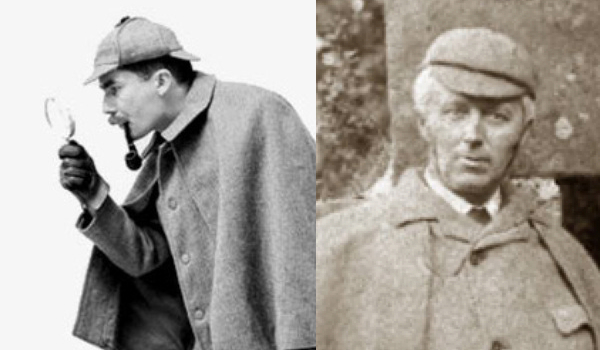Some Of Our Favorite Fictional Gardens
A still from the Secret Garden film adaptation
From Gilgamesh’s Garden of the Gods to the Garden of Eden, cultivated green spaces have found their way into writing since the practice began. Recently, garden clubs across America have declared June 6th as National Gardening Exercise Day, a reminder that exercise in nature is more fun than hitting the treadmill indoors yet again.
Some of our favorite fictional gardens have been the sight of some serious exertion as well, both mental and physical. Check them out.

Kublai Khan’s Garden in Invisible Cities by Italo Calvino: In this strange and beautiful novel, Marco Polo sits in Kublai Khan’s garden and describes to the emperor the various, wondrous cities he has seen on his travels.
The garden itself is as magical as the invisible cities Polo describes. As he tells Khan, “Perhaps this garden exists only in the shadow of our lowered eyelids, and we have never stopped: you, from raising dust on the fields of battle; and I, from bargaining sacks of pepper in distant bazaars… Perhaps the terraces of this garden overlook only the lake of our mind.”

The Gardens in Lady Chatterley’s Lover by D.H. Lawrence: This scandalous 1928 novel tells the story of Constance, Lady Chatterley, a bored and frustrated young wife who begins an affair with the estate’s gamekeeper. Lawrence’s novel was censored for its explicit descriptions of sex, but the garden details are racy enough in themselves.
Take, for instance, this brief snippet: “Yellow celandines now were in crowds, flat open, pressed back in urgency, and the yellow glitter of themselves. It was the yellow, the powerful yellow of early summer. And primroses were broad, and full of pale abandon, thick-clustered primroses no longer shy.” Whew!

The Garden of the Forking Paths by Jorge Luis Borges: Borges’s 1941 short story is often cited as the first piece hypertext fiction. In the story, a Chinese professor of English, Dr. Yu Tsun, muses on the search for a labyrinth hidden by his ancestor, Ts’ui Pên. During Dr. Tsun’s journey—he’s also on the run from an MI5 agent who suspects Dr. Tsun is a German spy—he takes refuge at the house of Dr. Albert, an expert Ts’ui Pên’s work.
He has managed to decode a mysterious letter in which Ts’ui Pên states, “I leave to several futures (not to all) my garden of forking paths.” The “garden” labyrinth is actually a vast and intricate novel with paths branching in time, not in space, which Dr. Albert has spent his life attempting to understand.

The Secret Garden by Frances Hodgson Burnett: This children’s classic tells the story of Mary Lennox, a selfish and bitter young girl sent to live with her widower uncle when cholera kills her parents in India.
Mary initially hates the damp and dreary moors around the house. But two discoveries—a secret walled garden and a sickly cousin kept locked up in the house—soon convince her that she, her remaining family, and her surroundings just need a little love and hard work in order to blossom.

The Gardens of Pemberley in Pride and Prejudice by Jane Austen: What is it about the English and sexy gardens? After all, it’s the grounds at Pemberley that begin to change Elizabeth Bennett’s mind about Mr. Darcy and his “figure.” Darcy’s well-cultivated gardens, with their 10-mile perimeter, picturesque stream, and wooded hills, shock Lizzy into thinking that “to be mistress of Pemberley might be something!” Writing in 1813, though, Austen didn’t have the freedom of D.H. Lawrence; her buttoned-up characters get flushed just looking at each other from a distance across the garden.
Austen is said to have visited Chatsworth House in 1811 and used it and its gardens as the model for Pemberley. The gardens continue their literary association to this day: they’re currently overseen by the Duchess of Devonshire Deborah Mitford Cavendish, younger sister to well-known British writers Nancy Mitford and Jessica Mitford.
—
Alexandra is a Philadelphia-based writer and culture geek. Visit her at alexandrakingsley.com or hang out with her on Twitter (@nonmodernist).


